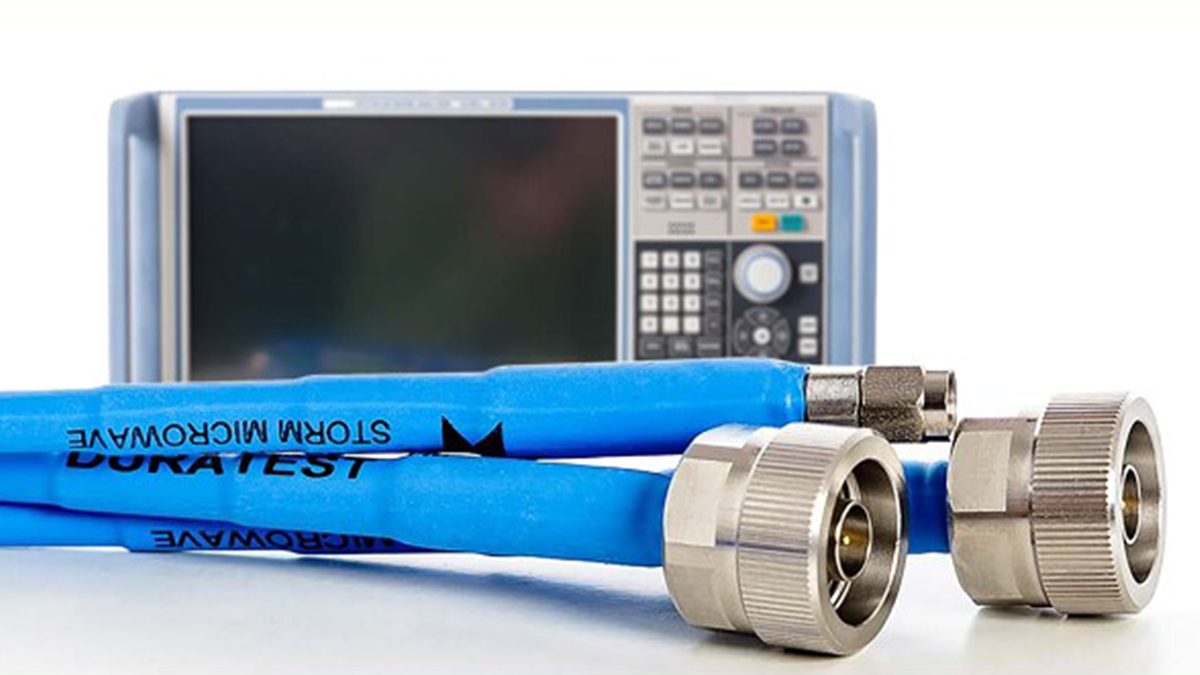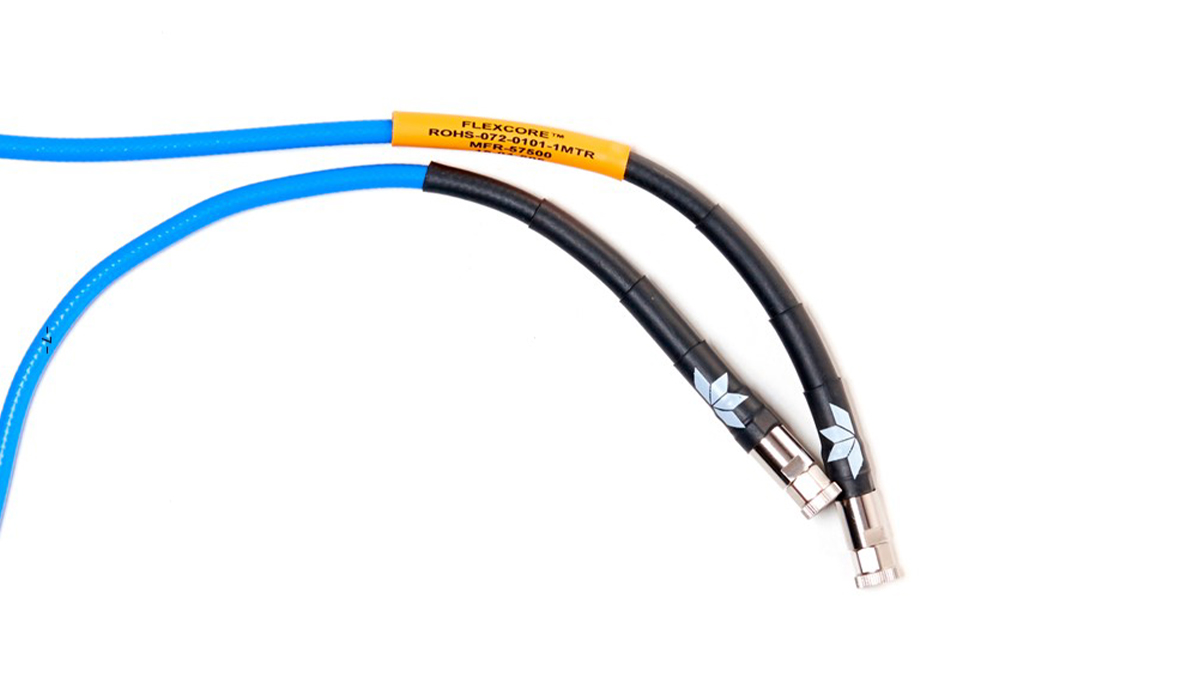
Choosing the Right Cable
Selecting the optimal RF measurement cable is not a matter of luck but of informed decision-making. Each cable must meet a specific combination of performance, durability, and environmental tolerance. Measurement engineer Stefan Burger, founder of Delta Gamma RF-Expert in Australia, shared critical insights on how to ask the right questions when comparing cable options.
Every cable is engineered with different materials, layers, and connectors based on its application. High-end manufacturers such as Teledyne Storm and Harbour Industries invest heavily in R&D, but not all expensive cables are automatically the best choice. Instead, engineers must evaluate trade-offs between price, frequency range, return loss, power handling, phase stability, and mechanical endurance.

Key Takeaways:
- There is no one-size-fits-all solution; every cable has strengths and limitations.
- Phase stability during bending, return loss, and longevity under frequent flexing are critical metrics.
- Proper strain relief (cable-to-connector transition) dramatically affects electrical performance and cable life.
- High-performance cables may be necessary for aerospace, military, or critical research applications.
- Always consider bending cycles, vibration resistance, temperature-phase variation, and crush resistance before making cost-based decisions.
A well-designed strain relief isn’t just a mechanical feature—it’s a key determinant of a cable’s electrical integrity and service life.
– Stefan Burger, RF Expert

Teledyne’s StormFlex cables, for instance, are engineered to withstand tight bends without phase loss, eliminating the need for additional adapters. According to Burger, cheaper cables may suffice in simple setups, but in high-precision contexts, their shortcomings often lead to higher long-term costs.


